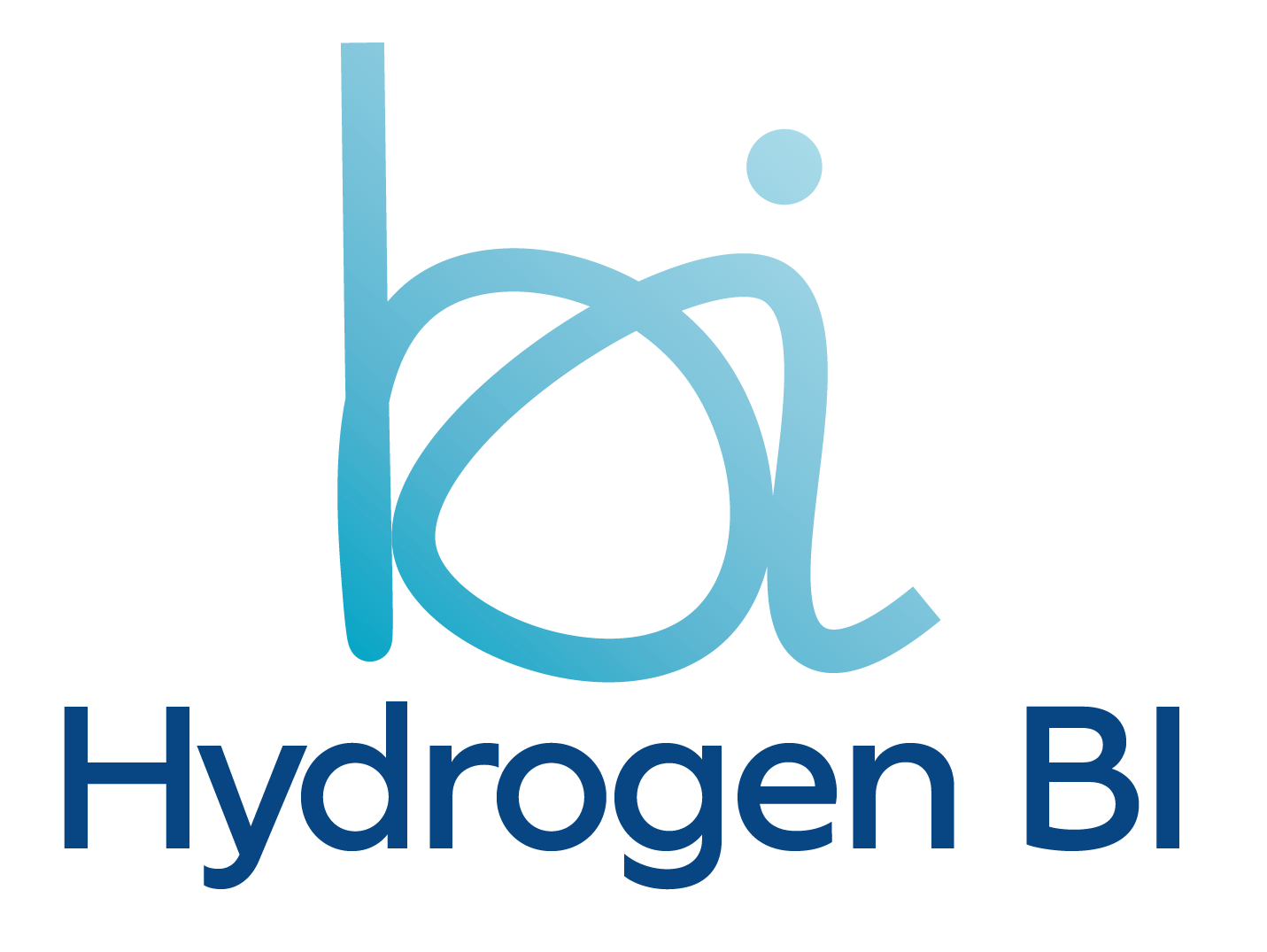The 2025 Process Automation Guide for Business
- Alex Hughes

- Sep 25
- 4 min read
How modern organisations embrace automation for scale, resilience, and growth
In 2025, process automation is far more than a cost-saving initiative — it’s a strategic imperative. For business leaders seeking clarity, this guide explores key definitions, trends, challenges, and a practical roadmap to building automation programmes that last.
What Is Process Automation — And Why It Matters
At its core, process automation involves using software, bots or AI to execute repetitive, rule‑based tasks that would otherwise demand manual intervention. It spans a spectrum from simple workflows and robotic process automation (RPA) to intelligent, decision‑centric automation.
Why it’s so vital in 2025:
It boosts efficiency and consistency, reducing errors and manual toil.
It accelerates decision cycles by embedding real-time logic and intelligence.
It creates agility: the ability to adapt operations as markets shift.
It relieves knowledge workers from mundane work, enabling them to focus on higher‑value tasks.
Analyst research emphasises that the ecosystem supporting automation is broad: Forrester’s Tech Tide: Process Automation maps 17 technology categories that fuel modern automation investments.
Yet, ambition alone isn’t enough. Success in automation hinges on marrying technical capability with governance, data discipline, and human‑centred design.
Layers & Types of Process Automation
To develop an effective strategy, it helps to see automation as a layered continuum:
Layer/Type | What It Does | Typical Use Cases |
Rule-based/Task Automation | Automates predictable, structured steps | Data entry, form routing, system updates |
Workflow/Orchestration | Coordinates multi-step workflows across systems | Approval chains, order fulfilment, HR processes |
Robotic Process Automation (RPA) | Simulates human UI interactions, automating transactional work | Extracting data, legacy system bridging |
Intelligent Automation/AI-augmented | Applies machine learning, NLP, and predictive logic | Document classification, insight modelling |
Agentic/Autonomous Automation | AI agents make decisions, initiate actions end-to-end | Goal-driven orchestration, self-healing workflows |
Today, many organisations aim for hyper automation — not just automating pieces, but unifying intelligence, orchestration, and integration under a cohesive framework.
Forrester also highlights agentic automation as the next frontier, where AI agents coordinate tasks, make decisions within boundaries, and continuously adapt.
Key Trends Shaping Process Automation in 2025
To lead rather than follow, businesses should monitor these evolving dynamics:
1. AI + Automation Fusion
Generative AI, machine learning, and natural language processing are central to next‑gen automation — driving smarter decisioning, anomaly detection and contextual processing.
2. Agentic Automation & Autonomous Agents
Platforms are beginning to embed agents that manage workflows with minimal human intervention, enabling more responsive systems.
3. Low-Code / No-Code & Citizen Automation
Non‑technical teams increasingly build automations themselves, reducing dependency on IT and speeding deployment.
4. Process Intelligence & Discovery
Task mining and process mining uncover hidden inefficiencies, giving direction to automation investments.
5. Platform Consolidation & Ecosystem Approach
Rather than isolated tools, organisations favour platforms combining orchestration, integration, AI, and governance.
6. Governance, Trust & Explainability
As automation gains autonomy, oversight, auditability, ethics and compliance become non‑negotiable.
7. Adaptive & Outcome‑Oriented Automation
The shift from cost metrics to outcome metrics (e.g. revenue lift, customer satisfaction, resilience) drives more strategic automation.
8. Hybrid & Distributed Environments
With remote work and cloud maturity, automation must operate across hybrid, multi‑cloud, and edge scenarios.
Roadmap: How to Build a Sustainable Automation Programme
A well structured approach increases the odds of scaling from pilot to enterprise impact.
1. Process Audit & Discovery
Inventory existing processes. Use techniques like task mining and stakeholder interviews to identify candidates with high frequency, manual effort, and business risk.
2. Define Clear Objectives & Metrics
Set business‑aligned goals: cycle time reduction, error rates, cost per transaction, user satisfaction. Tie automation goals to organisational strategy.
3. Prioritise Use Cases
Start with low-hanging fruit — simple, high-impact processes — and build momentum before tackling complex cases.
4. Select Flexible Tools & Architecture
Choose platforms that support modular growth, strong integration APIs, AI capabilities, orchestration, and governance.
5. Pilot, Learn, Iterate
Conduct proof-of-concept projects, measure performance, adjust logic or design, then scale.
6. Establish a Centre of Excellence (CoE)
Form a cross‑functional team that governs, supports developers (including citizen devs), monitors quality, and continuously improves standards.
7. Governance, Compliance & Risk Controls
Embed oversight: logging, exception handling, audit trails, versioning, fallback processes. Ensure decisions are traceable and explainable.
8. Monitor, Evaluate, Optimise
Maintain dashboards, track bot performance, error rates, user feedback. Use process intelligence to refine automation logic.
9. Culture & Change Management
Automation is a transformation, not a tool drop. Educate, communicate, manage expectations, and foster trust in the change.
10. Evolve Towards Agentic / Autonomous Automation
Once core flows are reliable, pilot agentic automations — higher autonomy, self‑healing logic, and goal‑based agents — with strong guardrails.
Common Challenges & Mitigation Strategies
Automating broken processes
If the underlying workflow is inefficient, automation magnifies the flaws. Spend adequate time redesigning first.
Data quality & integration hurdles
Disparate, messy systems hamper AI and automation. Invest in data hygiene, master data management, and integration layers.
Overengineering too early
Trying to automate every edge case from the start can stall progress. Begin lean and expand.
Lack of visibility & feedback loops
Without metrics and dashboards, automation degrades. Monitor continuously and iterate.
Resistance or distrust from employees
Engage stakeholders early, emphasise augmentation (not replacement), and demonstrate wins incrementally.
Governance, ethics & model drift
Ensure decisions made by AI or agents are interpretable, auditable, and within policy bounds.
Technology sprawl & fragmentation
Avoid proliferating disparate tools — aim for a unified architecture and standardisation.
Academic work has also noted that human perceptions of automation — trust, fairness, control — influence adoption and outcomes.
Putting It All Together: 2025 Action Plan
Launch a discovery workshop
Engage process owners, business leads, IT — map the full process landscape and pain points.
Build a use-case backlog with scoring
Prioritise by effort, ROI, risk, and strategic alignment.
Select a pilot
Choose a candidate with manageable complexity and clear benefit. Run a pilot within 1–3 months.
Set up governance & standards upfront
Define roles, policies, exception handling, auditability mechanisms from day one.
Create a CoE & capability hub
Empower process owners, citizen developers, architects to share patterns, templates, and best practices.
Scale in waves
Extend automation into adjacent processes, iteratively increasing complexity.
Embed continuous intelligence & feedback
Use process mining and monitoring to detect drift, bottlenecks, and opportunities.
Explore agentic automation
Once solid foundations exist, cautiously pilot smart agents with strict oversight.
Why This Matters Now
In today’s dynamic environment — from supply chain volatility to evolving customer expectations — the ability to flex, respond, and automate intelligently is a competitive edge. Businesses that shape their automation future, not react to it, will lead in productivity, innovation, and resilience.






